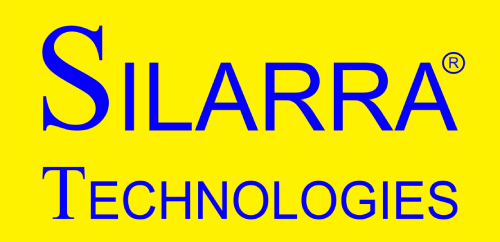SSD form factors 101
- Sivabalan Shanmugavel
- November 24, 2022
SSD's
Solid State Drives are introduced to solve the common concerns of Hard Disk Drive. Disk drives are having moving mechanical parts Which require more power. The size will be bigger when disk capacity increases.
SSDs are having NAND flash cells to store data. Hence, they require less power and NAND flash can be stacked to increase capacity. The SSD Form Factor provides a way to choose better SSD for applications.
Form Factor
SSD Form Factors define Electrical and Mechanical specifications for Disk Drives. SSD Form Factor Working Group (SFFWG) develops the Form Factor for Hard Disk Drives and Solid-State Drives. The SSD Form Factor provides an interface standard to connect Enterprise Drives and Client Drives to systems. Enterprise Drives are preferably used in Server-based platforms and Client Drives are used in Laptops, Desktops and Tablets. The Enterprise drives widely use SFF-8639(U.2) Form Factor and Client drives use Nex Generation Form Factor (M.2).
Widely Available Form Factors
- Add-in Card (AIC)
- NGFF (M.2)
- SFF-8639 (U.2)
Add In Card (AIC)
- AIC interface allows PCIe NVMe SSDs to connect directly to the motherboard PCIe Slots.
- It allows Single Port with 4 PCIe lanes and Dual Port with 2 PCIe Lanes
- Usually, AIC-based drives come with higher capacities.
- Available in HHHL (half height, half length) and FHHL (full height, half length) types.
- These drives cannot be Hot Plugged or Swapped.
Nex Generation Form Factor (M.2)
M.2 connector supports PCI Express devices up to 4 Lanes (x4). It also extends the support to SATA 3.0 and USB 3.0 devices.
M.2 connector is used to connect mountable expansion cards to Laptop and Tablet motherboards.
Usually, M.2 connector is used as an interface for SATA and NVMe SSDs.
This is used on low power consumption devices which is 3.3v. So, the heat dissipates is very low.
Unlike U.2, This does not allow Hot Swapping (removing the device while power is applied to the connector).
Allows connecting devices with various sizes such as 20mm x 40mm, 22mm x 60mm, 22mm x 80cm, etc.
U.2
U.2 is mostly present in Server Enclosers and Multi-Bay expanders
It allows SAS, SATA and NVMe Drive via a single connector.
Supports high power consumption up to 12v
Can be used to connect a single-port NVMe device that used Four PCIe lanes(x4) or a Dual Port NVE Device that uses two pairs of PCIe lanes(x2).
Allows Hot Plug functionality for SATA and NVMe drives.
Has pin support for PERST and REFCLK signals
Has SMBus support to allow NVMe devices with Management Interface
In addition to the above form factors, these are the other form factors which are emerging for the latest applications
U.3
This successor of U.2 allows a single connector to use multi-protocol devices without additional bus adapters. This extends the support up to 6 lanes for PCIe Gen-5 devices.
EDSFF (Enterprise and Datacenter Standard Form Factor)
This is the next form factor after U.2 to support larger capacity drives on 1U Server platforms. The EDSSF has different varieties
E1.L – EDSFF 1U Long – Often called a Ruler drive which supports up to 8 lanes(x8) with a larger capacity (32GB)
E1.S – EDSFF 1U Short – Bigger in Size and Has higher capacity than M.2. Can be connected vertically in 1U server.
Typically used with 4 Lanes(x4). Expected to solve Hot Plug limitation of M.2 connector
EDSFF E3.S and E3.L – Designed to replace U.2 along with higher bandwidth up to 16 lanes(x16) and Higher power consumption.
Conclusion
The development in the Form Factors is focusing to achieve higher capacity, Scalability, Performance and Serviceability of Storage devices. The latest U.3 and EDSFF will help with these factors.
